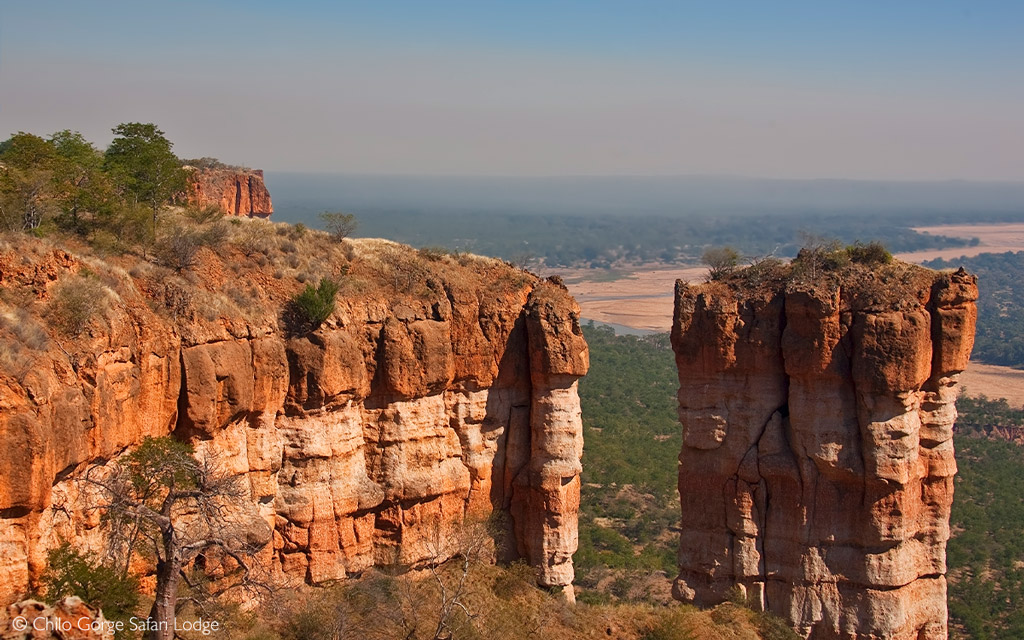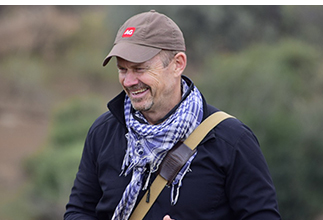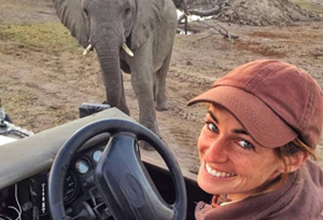
This is a copy of our weekly email newsletter. Subscribe here to receive the newsletter.
Best photos + top painted wolf spots + Japan’s illegal ivory

Once in a blue moon, a safari opportunity comes along that awakens the ESSENCE of me. As if someone has stuck a big spoon into my soul and stirred every raw nerve, every instinctive impulse.
I had, of course, heard of Chitake, but THESE IMAGES & VIDEO became the stirring spoon, and I took more notice. Then my colleague Nadia spent a few days there and came back with stories of sleepless nights because of the loud nocturnal battles between lions and their targets – buffaloes and elephants. She is an experienced guide with tons of bush time – and not prone to exaggeration. Her final summation: ‘Next level.’
And so we crafted this safari. The first group of six sold out in hours, and we have four places left on the second (and only other) group. This safari is not about rim-flow pools and crystal champagne flutes – it’s in-your-face primal Africa, unlike a luxury honeymoon safari in Kenya.
Keep the passion

Simon Espley – CEO, Africa Geographic
From our Editor – Taryn van Jaarsveld

When teamAG isn’t out finding the best safaris, we’re at our desks packaging them for delivery to you. So we too have time to develop travel FOMO. Especially when we’re choosing (and reliving) Africa’s 6 painted wolf hotspots – see our first story below. For me, it’s Kruger. For Simon, the vital population of Khwai, and for Jamie, the famous canids of Mana Pools.
Our third story brings you the week’s best photos, where you can visit the otherworldly Danakil Depression and the tuskers of Amboseli.
By contrast, images of raw ivory from Japan’s legal market, which commoditises elephants and conceals illegal international trade, bring a stark reality home. Our second story below refers.
Send us your thoughts (join the club to comment)!
Happy celebrating Africa to you all.

From our Scientific Editor – Jamie Paterson

At the top of your newsletter, the photograph features the glorious sandstone Chilojo Cliffs, Gonarezhou National Park’s most famous landmark. Below them flows the Runde River on its way to the confluence with the Save River and then a meandering journey of over 300km to the Indian Ocean. Why do I mention this? Because Zambezi sharks are regularly recorded at the confluence.
Did you know that the Zambezi shark (bull shark) thrives in both salt and fresh water? These are not just brief forays upriver into estuaries either – they have been known to travel as far as 1,100km from the ocean up the Mississippi River and 4,000km up the Amazon River into Peru. These are usually gravid females searching for a safe place to give birth. So a short trip to landlocked Zimbabwe is nothing for a shark with travel FOMO.

Story 1
https://africageographic.com/stories/the-6-top-places-to-see-painted-wolves/
PAINTED WOLF
Here are the 6 top spots in Africa to scout for wild dogs
Story 2
https://africageographic.com/stories/japan-an-illegal-ivory-traders-haven-new-report/
ILLEGAL IVORY
Japan’s domestic ivory market has created a haven for illegal traders – new report
Story 3
https://africageographic.com/stories/photographer-of-the-year-2022-weekly-selection-week-6/
BEST PHOTOS
Our selection from this week’s magnificent Photographer of the Year entries
 WATCH: Epic aerial footage of African landscapes you are dying to visit (0:58). Click here to watch
WATCH: Epic aerial footage of African landscapes you are dying to visit (0:58). Click here to watch
To comment on this story: Login (or sign up) to our app here - it's a troll-free safe place 🙂.![]()






